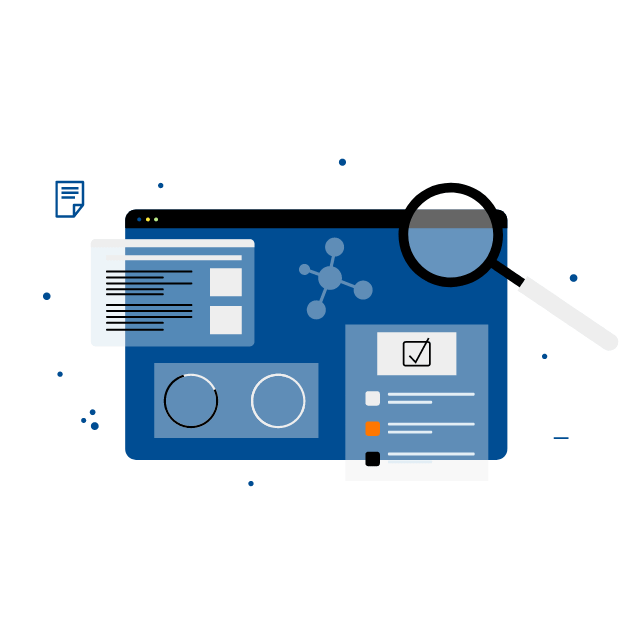Digital Strategy on AP Process
Using digital tools to automate Accounts Payable processes can be good for a business in many ways. By using digital tools and technologies like machine learning, AI, and robotic process automation, companies can greatly reduce the amount of manual work that goes into AP processes. This can lead to better efficiency, faster processing times, and fewer mistakes and problems, which can save money and make it easier to handle money. Digitising the AP process can also improve accuracy and make it easier to handle data. By automating the capture and processing of invoices, businesses can make sure that all invoices are tracked and handled correctly and quickly. They can also get real-time insights and see how the AP process is going. This can help businesses make better choices and improve how they handle their cash flow. Overall, a digital approach for automating AP processes is a great way to improve the efficiency and accuracy of the AP process while lowering costs and improving financial management.

Here are some of the key components of a digital strategy for AP processes:
- Automated Invoice Processing: The use of optical character recognition (OCR) technology to automate the capture and extraction of data from invoices, reducing manual data entry and improving accuracy.
- Electronic Invoicing: The use of electronic invoicing to replace paper invoices, enabling faster processing, reducing errors and increasing the visibility of the AP process.
- Workflow Automation: Automating the approval process and routing of invoices for approval, reducing delays and increasing efficiency.
- Payment Automation: Automating the payment process, including the generation of electronic payments, reducing manual labor and improving accuracy.
- Reporting and Analytics: Providing real-time insights into AP processes, enabling organizations to identify bottlenecks, make informed decisions, and measure the success of their digital strategy.
- Integration with ERP Systems: Integrating the AP process with the organization’s ERP system, enabling seamless data transfer, reducing errors, and improving data management.
- Security and Compliance: Ensuring the security and compliance of sensitive financial data, including the protection of data privacy and the adherence to relevant regulations and standards.
Implementing a digital strategy for AP processes can help organizations to significantly improve their AP processes, reduce costs, increase efficiency, and enhance the accuracy and visibility of their financial data.
